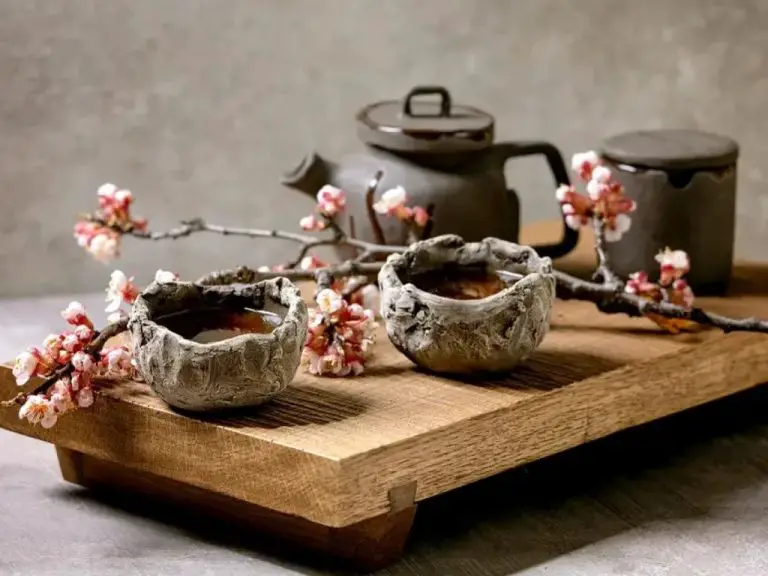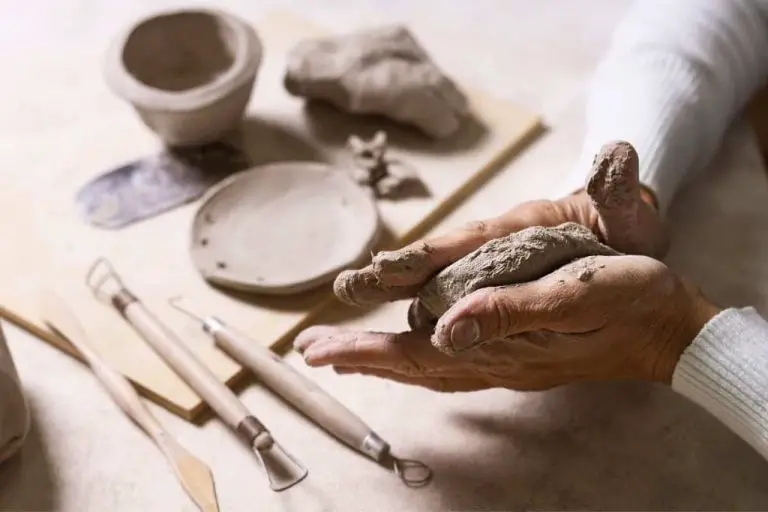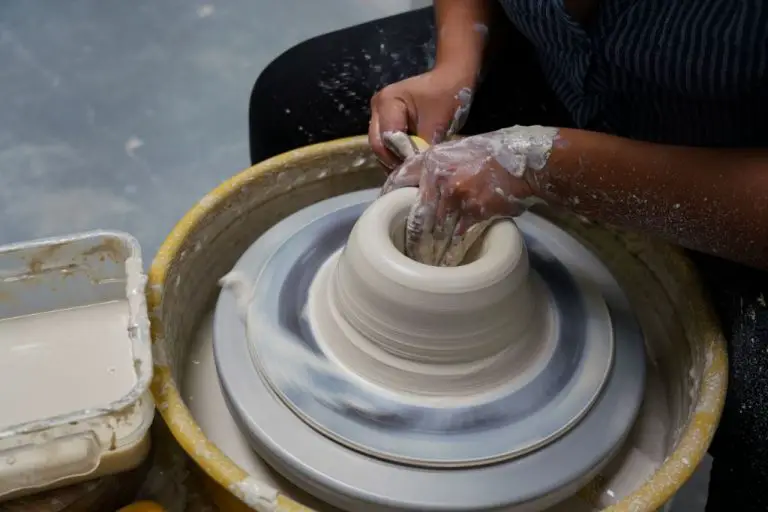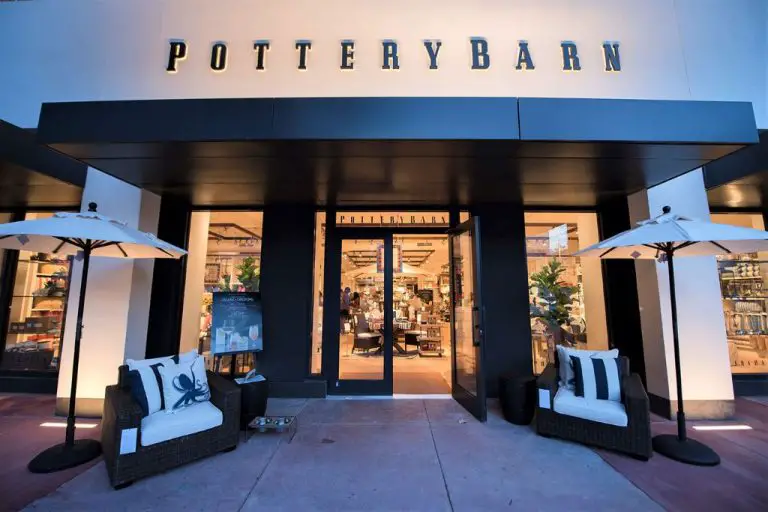What Is Looked For Food In The Woods?
Foraging is the practice of searching for and collecting wild food resources, such as plants, mushrooms, fruits, nuts, and other edible material. Foraging is also commonly referred to as wildcrafting, wild harvesting, and wild food gathering. Foraging actually dates back many thousands of years and has recently risen in popularity due to multiple factors.
According to research conducted by Green and Prosperous, foraging has become more popular because it improves food security, promotes sustainable living, and re-connects people with nature (“Why Foraging Has Gained Popularity in 2023”). Other studies, such as research published in the Journal of Urban Ecology, indicate that urban foraging is increasing, especially for edible plants, with over 1 million foraging locations documented globally as of 2016 (Arrington, 2017). Data from the Bureau of Labor Statistics also shows a rise in foraging and wild harvesting jobs in recent years, suggesting foraging’s growing prevalence (Rombach, 2023).
Common Edible Plants
There are many common edible plants that can be foraged in the wilderness. Some of the most notable include:
Berries: Wild berries like blackberries, raspberries, blueberries, and huckleberries can often be found growing in open fields or along the edges of forests. Just be sure you can positively identify the berries before eating them.
Mushrooms: Edible mushrooms like morels, oyster mushrooms, chanterelles, and puffballs can be foraged, but you must be 100% certain of identification before consuming any wild mushroom as many can be poisonous.
Herbs: Herbs like dandelion, chickweed, clover, wild chives, and wild fennel are safe to harvest and make great additions to meals.
Roots & Tubers: Roots and tubers like cattail roots, wild onions, wild carrots, and burdock can be dug up and eaten. Just be sure to wash off all dirt before consuming.
Nuts & Fruits: Look for ripe nuts and fruits like hickory nuts, walnuts, apples, persimmons, and wild grapes hanging from trees and shrubs.
Where to Forage
Some of the best locations for foraging include forests, meadows, and roadsides that are public lands. Areas like national forests and parks allow foraging as long as you follow certain rules and regulations. Roadsides or ditches along public roads can also yield edible plants and berries. Just be cautious of contamination from car exhaust or road salt in these areas.
When foraging, it’s crucial to be aware if you are on private property. Always get permission from the landowner before foraging on private land. Foraging on someone’s property without permission could be considered trespassing. Some parks and nature preserves also prohibit removing plants and fungi, so check rules and regulations before foraging in those areas.
Apps like Falling Fruit and Wild Forager can help locate publicly accessible foraging spots close to you. You can also look for local foraging groups through sites like Meetup that organize group foraging trips and share prime location ideas.
When to Forage
The time of year and season are critically important when foraging for wild edibles in the woods. Different plants become available during different seasons, and harvesting during the peak season ensures you get the best edible parts. This guide breaks down what to forage during each season:
Spring (March – May): Forage for fresh greens like dandelions, chickweed, and wild lettuce. Early spring trees like maple and birch can be tapped for sap. Fiddleheads and ramps emerge in the forest.
Summer (June – August): The peak season for berries like blackberries, raspberries, blueberries, and elderberries. Also a good time for herbs like mint and wild onions.
Fall (September – November): Forage for nuts like acorns, hazelnuts, and walnuts. Fruits like apples, crabapples, and rose hips are abundant. Mushrooms emerge.
Winter (December – February): Evergreen trees and shrubs can be foraged in winter for teas and spices. Look for pine needles, spruce tips, and rosemary.
Paying attention to seasons ensures edible plants are harvested at the right time and maximizes the nutritional content. It also prevents overharvesting any one species.
Foraging Safely
When foraging, it’s crucial to stay safe by properly identifying edible plants and avoiding poisonous ones. Consuming the wrong plant can make you extremely sick or even be fatal. Always use a reputable field guide and positively identify a plant before ingesting any part of it. Some poisonous plants like poison ivy are easy to recognize, but others may closely resemble edible varieties. For example, pokeweed berries look similar to mulberries but are toxic. Even experts can make mistakes, so when trying a new plant, only sample a small amount at first.
It’s also important not to take too much from one area. Overharvesting can damage plant populations and the surrounding ecosystem. A good rule of thumb is to take no more than 10 percent of what you find in one spot. Consider the long-term sustainability and don’t deplete resources that others may rely on. Be respectful of private property and abide by foraging laws and regulations. Some national parks prohibit removing plants, fruits, nuts or mushrooms.
Foraging ethically means gathering safely, gently, and only as much as you need. It’s a way to form a deeper connection with the natural world. With care and caution, foraging allows people to experience the bounty of wild edible plants.
Sources:
https://www.food.gov.uk/safety-hygiene/guidance-for-safe-foraging
https://gatherandgrow.com/blog/a-foragers-checklist-for-safe-sustainable-amp-ethical-foraging
Foraging Laws
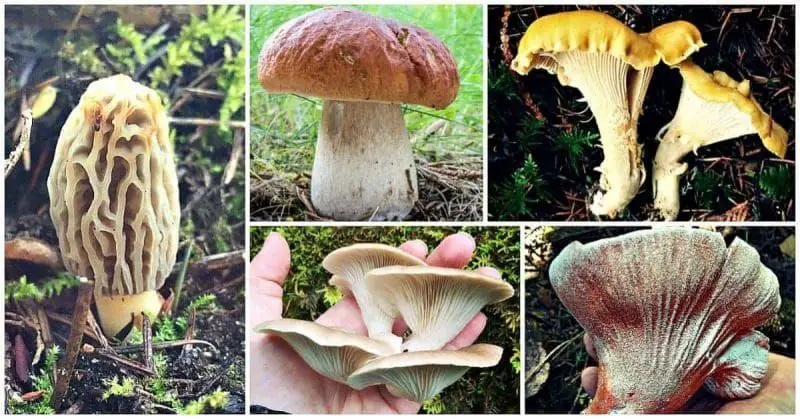
Foraging laws and regulations vary by location and can be complex. In general, foraging on private property is illegal without the landowner’s permission. Foraging on public lands like parks, forests, and other protected areas is usually regulated and often requires a permit.
In national parks, foraging and harvesting of plants is typically prohibited without a special use permit, as these lands are protected for conservation and public enjoyment [1]. Foraging may be allowed in certain national forests and grasslands with a permit [2]. Always check with the local land management office first.
State parks, forests, and conservation areas have diverse foraging rules set by each state. Some states like Hawaii have designated foraging areas and allow limited gathering with a permit [3]. Other states prohibit removing plants or plant materials from state lands.
At the city and county level, local foraging laws depend on the area. Foraging edible invasive species is often allowed or encouraged, while protected native plants may be off limits. When in doubt, contact the land manager or local government to understand regulations.
While foraging on public land is regulated, most laws allow foraging edible plants and mushrooms on private property with the landowner’s permission. Always be sure you have consent before foraging on private land.
Foraging Gear
Having the proper gear can make foraging easier and more efficient. Here are some essential items to have when heading out to forage:
- Foraging basket or bag – A breathable basket allows you to collect and carry your finds. Look for one with a shoulder strap for easy carrying.
- Knife or pruning shears – A good quality knife or pair of pruning shears will allow you to safely and cleanly cut plants.
- Field guides – Reference books with photos can help you confidently identify edible plants and mushrooms. Consider guides focused on your specific region.
- Digging tool – A small digging fork or trowel comes in handy for harvesting roots or digging up mushrooms.
- Containers for storage – Have sealable bags or containers on hand to separately store different items.
- Maps – Topographic maps of the area will ensure you don’t get lost. Leave a map with someone when foraging alone.
- First aid kit – Be prepared for minor cuts, scrapes or irritations from plants.
- Cell phone – Bring your phone in case of emergency but avoid staring at it to see more of your surroundings.
The right gear will make foraging efficient while keeping you comfortable and safe in the outdoors.
Preserving and Preparing
Foraging often yields a bountiful harvest. However, foraged foods can quickly spoil if not stored, dried, frozen or prepared soon after harvesting. Proper preservation techniques allow you to enjoy your foraged foods for weeks or months after they are gathered. Here are some tips on preserving and preparing your foraged edibles:
Drying is one of the most common ways to preserve foraged foods. Berries, leaves, roots and mushrooms can all be dried by laying them out on racks or screens and allowing them to dry either in the sun or a dehydrator. Properly dried foods can last for months when stored in airtight containers away from heat and light. Oven drying at very low temperatures (under 150°F) also works well for delicate herbs and berries (Source).
Freezing is another excellent way to preserve foraged fruits, berries, greens and mushrooms. Blanching vegetables in boiling water for 1-2 minutes helps stop enzyme actions. Allow to cool, drain excess liquid and pack into freezer bags or containers leaving headspace. Properly frozen foods can last 8-12 months. Always thaw in the refrigerator (Source).
Canning, pickling, jamming, fermenting and infusing oils or vinegars are ways to preserve foraged foods for long-term storage at room temperature. Always use tested recipes and proper canning procedures to prevent foodborne illnesses. Jams, jellies, pickled items and infused oils make creative gifts from foraged ingredients.
When preparing foraged foods, take care not to overpower their unique flavors. Simple preparations like sautéing in butter or olive oil, adding to omelets, baking into breads, infusing in vinegars or spirits, or using in place of spinach in dishes allow their flavors to shine. Foraged berries make excellent jams, fruit leathers and pies. Edible flowers can provide pops of color and flavor to salads. Get creative with your foraged finds!
Notable Foragers
Notable Foragers
Foraging has a rich history across many cultures. Here are some notable historical and modern foragers:
Perhaps the most famous historical forager is Euell Gibbons, who popularized wild foods in the 1960s and 70s with his books like Stalking the Wild Asparagus. His television appearances and accessible writing brought foraging to the mainstream public.
In more recent times, René Redzepi and his Copenhagen restaurant Noma have been at the forefront of new Nordic cuisine built on hyperlocal and foraged ingredients. Redzepi’s book The Noma Guide to Fermentation includes recipes utilizing foraged foods.
Sam Thayer is a respected author who has written extensively about edible wild plants in The Forager’s Harvest, Nature’s Garden, and other field guides.
In the social media age, Alexis Nikole Nelson aka @blackforager has introduced foraging to millions through viral TikTok videos and lovingly prepared dishes spotlighting weeds and plants found in her neighborhood.
Getting Started with Foraging
Foraging can be a fun and rewarding activity, but it’s important to start slowly and safely as a beginner. Here are some tips:
- Take a foraging course or go with an experienced forager at first. This helps you learn proper identification and harvesting techniques in person. Check local nature centers, outdoor stores, or community colleges for classes. You can also often find foraging meetups through sites like Meetup.com.
- Start learning plants in your own backyard or neighborhood park before venturing farther afield. This allows you to consistently observe and study a plant over time.
- Obtain field guides and foraging books to assist with plant identification. Some recommended introductory guides include Food for Free by Richard Mabey and The Forager’s Harvest by Samuel Thayer.
- Join foraging groups on social media to connect with the community and ask questions.
- Always positively identify any plant before ingesting it. If in doubt, do not eat it.
- Start with easy beginner plants like dandelion, plantain and wild berries. Learn your local poisonous plants to avoid.
- Only harvest sustainably – leave some behind to regrow and don’t uproot whole plants.
Additional resources like online foraging websites, nature center workshops and Stalking the Wild Asparagus by Euell Gibbons can further your knowledge as you progress in the rewarding hobby of foraging.

